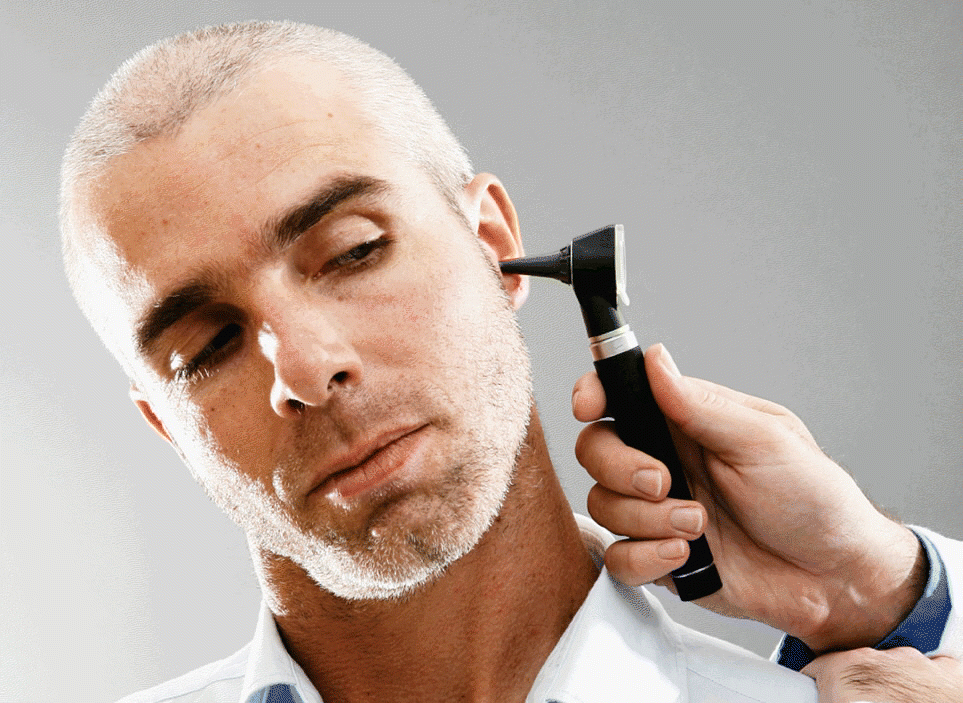A recent study published in the Archives of Internal Medicine concluded that hearing loss is more prevalent among adults in the United States than previously believed.1 The study further concluded that the prevalence of hearing loss differs according to race and gender and offers data that strengthen the association of hearing loss with certain modifiable risk factors. These findings suggest that both primary care physicians and otolaryngologists may be able to offer more to their patients in the way of prevention and screening to help stem the risk of progressive hearing loss, especially in younger adults.
Explore This Issue
October 2008A Quality of Life Issue
We already know that even a relatively mild hearing loss can have a significant negative impact on quality of life. Difficulty in hearing, if left untreated, can lead to cognitive decline, social isolation, frustration, and emotional problems such as depression. Some individuals may become suspicious or even paranoid because they are unable to decipher what other people are saying. These feelings may cause individuals to withdraw from social situations and relationships with family and friends. The decreased ability to hear has also been associated with decreased work productivity and impedes health care access and use, because patients are unable to effectively communicate their signs and symptoms to their caregivers or to hear and understand instructions they receive from their physicians. Physicians can address these issues more comprehensively through prevention, early detection, risk reduction, and treatment.

Risk Factors
In this particular study, prevalence of hearing loss was higher among men and among less-educated participants. The authors also found that the prevalence of hearing loss was more pronounced among subjects aged 40 to 49 years, with a much higher percentage of white male subjects demonstrating hearing loss compared with women or black males. Armed with the data that these individuals may have a predisposition for a higher risk of hearing loss, physicians can target patients in these groups for routine screening.
The authors also identified several modifiable risk factors that appear to contribute to the prevalence of hearing loss. These included:
- Exposure to recreational noise.
- Exposure to occupational noise.
- Heavy tobacco use (at least 20 pack-years).
- Hypertension.
- Diabetes mellitus.
One of the more alarming findings of the study is an increased prevalence of hearing loss in the youngest group of subjects (aged 20-29 years). The data indicated hearing loss in 8.5% of participants in this age group. In addition, this age group showed a statistically significant increase in progressive hearing loss over a six-year period (1999-2004) compared with other age groups included in the study. Individuals who demonstrate early hearing loss at higher frequencies may be at an increased risk for developing progressive hearing loss at lower speech frequencies. This suggests that there may be an opportunity for significant reduction of progressive loss of hearing, particularly in younger adults.
Early Screening
Yuri Agrawal, MD, of Johns Hopkins Hospital in Baltimore, primary author of the study, stated that simply asking patients whether they are having difficulty hearing is not enough. The signs that precede obvious hearing loss can be as simple as subtle changes in behavior or mood, and there can be a great deal of denial regarding decreased ability to hear. We often hear from patients that people don’t talk loud enough. They attribute their difficulty hearing to a trend among others. It doesn’t occur to them that the problem lies with them. They don’t realize that it’s a problem with an easy solution, or that it’s a problem that can and does affect younger people, Dr. Agrawal said.
According to Dr. Agrawal, simply recognizing that the problem exists is the first step. She observed that routine screening for hearing loss is not currently implemented on a wide scale, but this may be worth looking at. She suggested that recognizing the risk factors gives us the opportunity to identify individuals with a higher index of suspicion for developing progressive hearing loss. Controlling some very common comorbidities can decrease the risk of hearing loss or risk of further hearing loss, she continued.
Marc B. Kramer, PhD, a diagnostic and forensic audiologist on the faculty of Weill Cornell Medical College in New York, concurred, saying, It should be recognized that hearing loss is not something that affects only the elderly. Hearing should be evaluated and baselined much earlier in life. Individuals who show early signs of hearing loss, even below the benchmark, should be counseled on lifestyle changes and risk reduction.
While patients can’t change their race or gender, other contributing risk factors can be controlled. Physicians can counsel patients and offer medical interventions to help control hypertension and diabetes mellitus. The increased risk of hearing loss and the associated negative impact on quality of life offer even stronger data to support the argument for smoking cessation.
Noise reduction is also a risk factor that can be controlled to a great degree. Dr. Kramer speculated that current OSHA regulations designed to protect individuals from occupational noise exposure should have a significant impact on prevention of hearing loss, although he expects that data won’t show up in the statistics for several years. He also suggested that physicians should educate themselves on the types of hearing protection that are available. For example, he noted that today there are Musicians’ Earplugs TM available, which lower sounds by 15 to 25 decibels without distortion, so even professional musicians can reduce noise effect and protect their hearing without affecting the quality of sound.
Intervention
Despite our best efforts, some patients will continue to experience hearing impairment. Earlier screening and diagnosis can identify the need for practical intervention with amplification. There remains a certain stigma connected to the use of amplification devices. Physicians can help their patients overcome reluctance to use such devices by educating themselves on the latest technologies available and by providing patients with statistics and counseling regarding the impact their hearing loss can have on quality of life.
Said Dr. Kramer, The good news is that for people with hearing loss who perceive it and acknowledge it, there has been a tremendous amount going on with hearing aid design, particularly in the last five years. Growth in amplification is truly amazing. Physicians should advise their patients that hearing aids are there, they’re good, and they’re getting better and better. Technology in this area is improving faster than computer technology.
He summarized, With the evidence of increased prevalence of hearing loss, the medical community should be involving itself with earlier identification of hearing loss and appropriate intervention.
Dr. Agrawal agreed with this summation. I think certainly that knowing the problem exists is a big issue. It’s important that we know that hearing loss is fairly prevalent and does have a pretty significant impact on quality of life, she said.
 Wider-scale screening at an earlier age, with referral to an audiologist when appropriate, can have a very positive effect on our ability to identify problems early, especially in higher risk patients, reduce some of those risks, and hopefully prevent early hearing loss from progressing.
Wider-scale screening at an earlier age, with referral to an audiologist when appropriate, can have a very positive effect on our ability to identify problems early, especially in higher risk patients, reduce some of those risks, and hopefully prevent early hearing loss from progressing.-Yuri Agrawal, MD
She concluded, Asking people if they are having trouble hearing isn’t nearly enough. Wider-scale screening at an earlier age, with referral to an audiologist when appropriate, can have a very positive effect on our ability to identify problems early, especially in higher risk patients, reduce some of those risks, and hopefully prevent early hearing loss from progressing.
Reference
- Agrawal Y, Platz E, Niparko JK. Prevalence of hearing loss and differences by demographic characteristics among US adults. Arch Intern Med 2008;168: 1522-30.
[Context Link]
©2008 The Triological Society
Leave a Reply